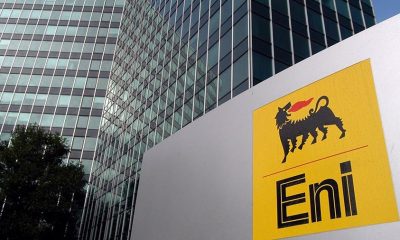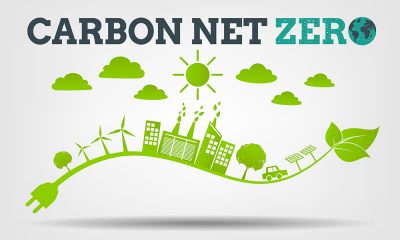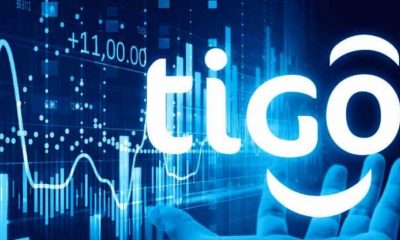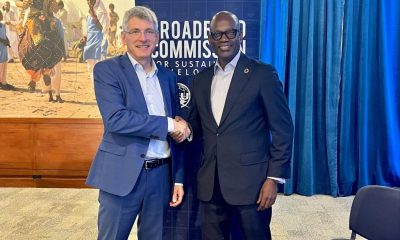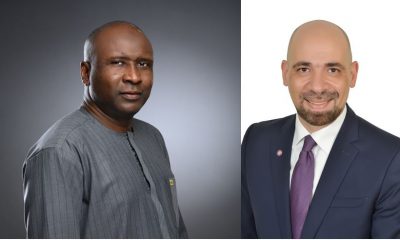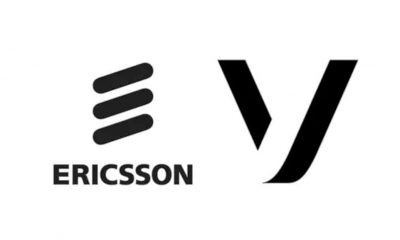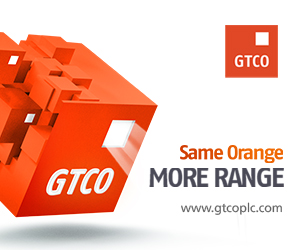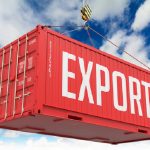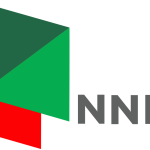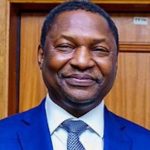World
Ericsson Boosts Drive Towards Net Zero Emissions
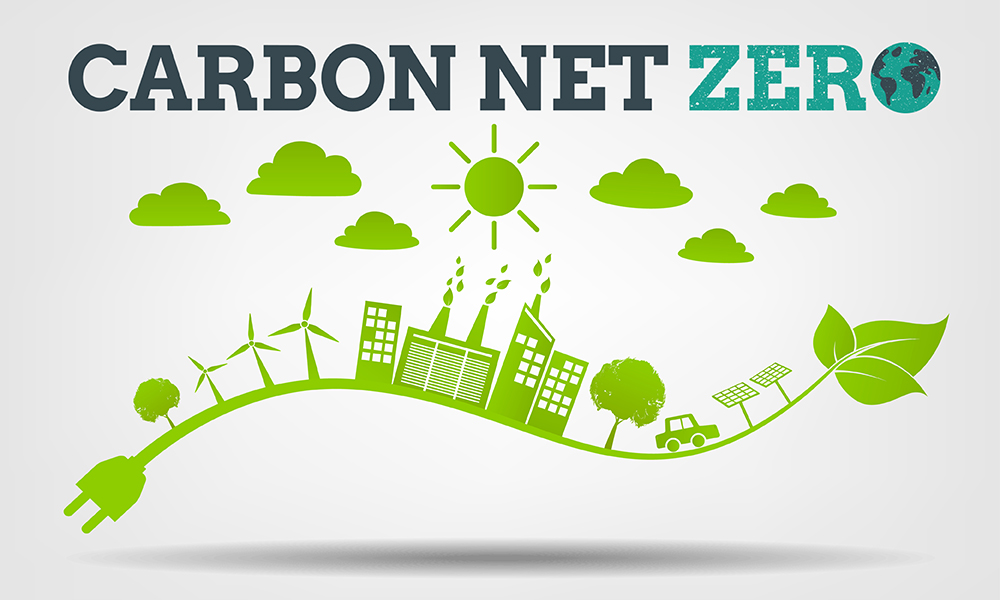
Ericsson’s leadership in supporting service providers’ Net Zero ambitions while meeting market demands for higher 5G capacity and revenue growth has taken a major step forward with the launch of an enhanced RAN and Transport portfolio. Set to be showcased at Mobile World Congress (MWC) 2023 Barcelona, more than 10 new Ericsson solutions will cut carbon emissions and site footprint, increase energy performance and boost network capacity.
The full range of new remote radios for 4G and 5G capacity is led by the triple-band Radio 4485 for FDD (frequency-division duplexing), which is 53 per cent lighter and consumes about 22 per cent less energy than comparable products. New dual and single-band radios have also been launched.
Ericsson has also introduced a new range of wideband Massive MIMO radios – spearheaded by the industry-first, ultra-wideband AIR 6476 – which provides 600MHz instantaneous bandwidth that doubles capacity without additional antenna footprint and enhances user experience.
Software is in the spotlight as well with new features such as Interference Sensing, which optimizes mid-band Massive MIMO performance by minimizing inter-cell interference and increasing network capacity by up to 40 per cent.
The updated portfolio includes new mobile transport offerings. The new quad microwave radio MINI-LINK 6321, with 4.8 Gbps capacity, is aimed at making RAN evolution options easier for service providers. The offering has around 50 per cent smaller site footprint and energy consumption than the previous alternative for building a four-carrier MINI-LINK hop.
David Hammarwall, Head of Product Area Networks, Ericsson, says: “Capacity expansions, energy savings, and sustainability are central to service providers’ RAN evolution plans. Ericsson’s enhanced portfolio fulfils the key needs of service providers and is leading the industry towards Net Zero while capturing opportunities for data traffic growth. We expect these topics will be the centre of attention in our discussions with customers at MWC Barcelona 2023 and beyond.”
Portfolio additions include:
Intelligent Cell Shaping: Ericsson-unique software with intelligent automation that improves coverage and boosts downlink speed at the cell edge by up to 35 per cent
Booster Carrier Sleep: energy-efficiency software feature that allows carriers to be switched on and off depending on the traffic load
Energy efficiency features in mobile transport with MINI-LINK Radio Deep Sleep, which lowers radio energy consumption by up to 25 per cent by hibernating radios in multi-carrier solutions when the capacity is not needed
New cell site router, Router 6676: with a high density of 25GE interfaces and is three times more energy efficient than the previous generation of routers. It supports Ericsson’s new remote radios and Massive MIMO radios with 25Gbps interfaces
Underpinning the solutions is an Ericsson hardware and software co-design that allows the network to slash power consumption by up to 94 per cent during low traffic compared to peak consumption.
Ericsson is also reducing its own carbon emissions in the production of new radios, using the embodied carbon* metric, which gauges the number of greenhouse gases released before the product is deployed. Radio 4485 has 50 per cent lower embodied carbon emissions than comparable products.
The new solutions will be on show in Ericsson’s booth in Hall 2 at the Fira Gran Via during MWC Barcelona 2023 from February 27 to March 2. The portfolio additions will be commercially available during 2023 and Q1 2024.
Ed Gubbins, Principal Analyst at Global Data, says: “Ericsson’s latest RAN and transport solutions address not only a key pain point of service providers – how to grow capacity to further monetize 5G while keeping costs down – but also a top concern, which is energy efficiency or reducing their carbon footprint. The ‘more with less’ theme is spot-on with the new radios and software features – compact yet more powerful with higher capacity and energy efficiency. Also worth noting is Ericsson’s unique hardware and software co-design that enhances overall network performance.”
Achieving Net Zero green gas emissions is one of the most crucial and essential challenges the world is facing. Concerted efforts are underway across the telecoms sector by many players to achieve Net Zero emissions by 2050 or earlier.
World
Coup Leader Mamady Doumbouya Wins Guinea’s 2025 Presidential Election

By Adedapo Adesanya
Guinea’s military leader Mamady Doumbouya will fully transition to its democratic president after he was elected president of the West African nation.
The former special forces commander seized power in 2021, toppling then-President Alpha Conde, who had been in office since 2010.
Mr Doumbouya reportedly won 86.72 per cent of the election held on December 28, an absolute majority that allows him to avoid a runoff. He will hold the forte for the next seven years as law permits.
The Supreme Court has eight days to validate the results in the event of any challenge. However, this may not be so as ousted Conde and Mr Cellou Dalein Diallo, Guinea’s longtime opposition leader, are in exile.
The election saw Doumbouya face off a fragmented opposition of eight challengers.
One of the opposition candidates, Mr Faya Lansana Millimono claimed the election was marred by “systematic fraudulent practices” and that observers were prevented from monitoring the voting and counting processes.
Guinea is the world leader in bauxite and holds a very large gold reserve. The country is preparing to occupy a leading position in iron ore with the launch of the Simandou project in November, expected to become the world’s largest iron mine.
Mr Doumbouya has claimed credit for pushing the project forward and ensuring Guinea benefits from its output. He has also revoked the licence of Emirates Global Aluminium’s subsidiary Guinea Alumina Corporation following a refinery dispute, transferring the unit’s assets to a state-owned firm.
In September, rating agency, Standard & Poor’s (S&P), assigned an inaugural rating of “B+” with a “Stable” outlook to the Republic of Guinea.
This decision reflects the strength of the country’s economic fundamentals, strong growth prospects driven by the integrated mining and infrastructure Simandou project, and the rigor in public financial management.
As a result, Guinea is now above the continental average and makes it the third best-rated economy in West Africa.
According to S&P, between 2026 and 2028, Guinea could experience GDP growth of nearly 10 per cent per year, far exceeding the regional average.
World
Lack of Financial Support Holding Back Russia’s Economic Influence in Africa: A Case Study of Missed Opportunities in Nigeria
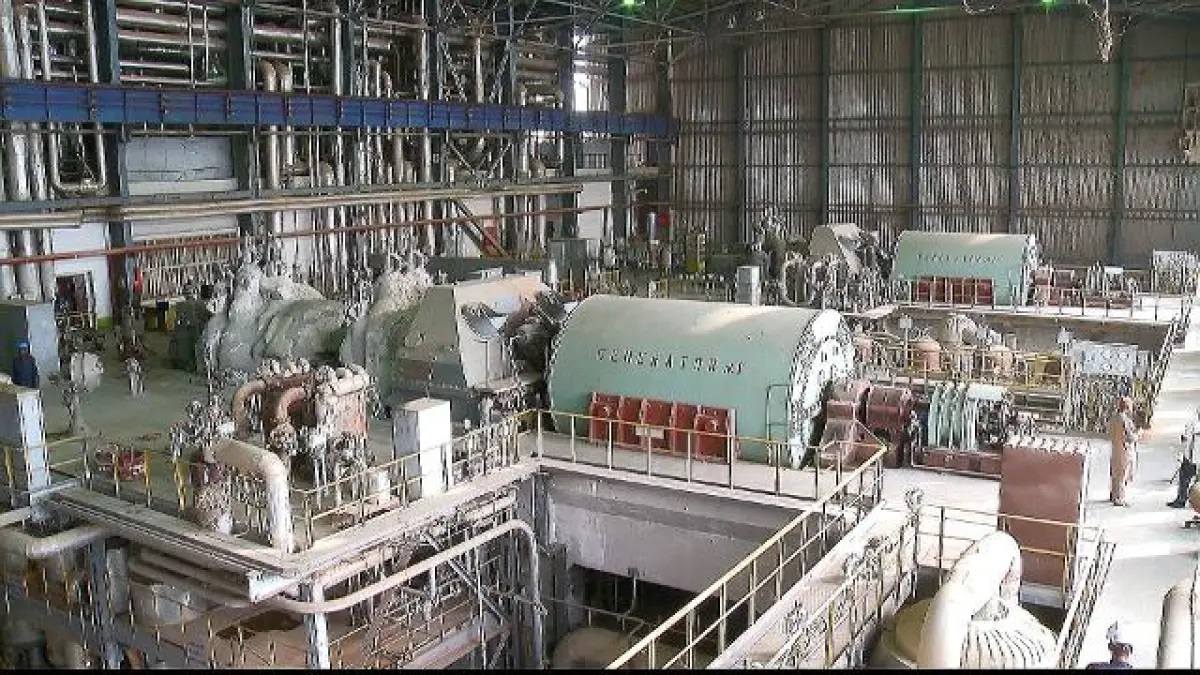
By Kestér Kenn Klomegâh
For decades, Russia has spoken loudly about its intentions in Africa but acted softly when it comes to real financial commitments. Unlike China, the United States, and even India, Russia has consistently failed to back its diplomatic gestures with the credit lines, concessionary loans, and financing guarantees that drive actual development projects.
Nigeria, Africa’s largest economy and most populous country, provides perhaps the clearest example of Russia’s economic inertia. Despite more than 60 years of diplomatic relations and repeated declarations of “strategic partnership,” Moscow’s presence in Abuja’s economic landscape remains marginal. The absence of real financing has left most Russian-Nigerian agreements as empty communiqués, in sharp contrast to the railways, roads, and ports China has built across the country, or the oil trade and financial services integration offered by the United States.
The Obasanjo Era: A Case Study in Missed Opportunities
When President Olusegun Obasanjo returned to power in 1999, Nigeria was repositioning itself after years of military dictatorship. Abuja sought new economic partnerships beyond its traditional ties with the West. Russia—still recovering from the collapse of the Soviet Union—saw an opportunity to reassert itself in Africa.
During Obasanjo’s tenure (1999–2007), Moscow pledged sweeping cooperation with Nigeria in energy, steel, and defense. The crown jewel of this diplomatic push was the proposed revival of the Ajaokuta Steel Complex, Nigeria’s most ambitious industrial project, which had stalled for decades despite billions of dollars in investments. Russia, through its state-owned firms and technical experts, promised to provide financing, technology, and training to bring Ajaokuta back to life.
Yet two decades later, Ajaokuta remains in ruins. The Russian commitment never translated into cash, and Abuja was left to restart talks with new partners. Similarly, plans for joint oil exploration ventures and expanded defense cooperation fizzled out after initial memoranda of understanding.
Obasanjo’s government signed a number of documents with Moscow, but few projects ever moved beyond the paper stage. Nigerian officials who participated in those negotiations later admitted that Russia’s biggest weakness was its lack of financing. Unlike China, which came armed with Exim Bank loans and turnkey contractors, Russia offered expertise but no capital.
The lesson was clear: without structured financial support, Russian promises could not compete with the billions China was already pouring into Nigerian infrastructure.
Nigeria’s Trade Reality: Russia as a Minor Player
The absence of financing is not just anecdotal—it shows in the numbers.
Nigeria’s Trade with Russia vs. China and the US
Partner Nigeria’s Exports (USD) Nigeria’s Imports (USD) Balance / Impact
Russia ~$1.5 million (2024) ~$2.09 billion (2024) Negligible exports; deficit, no capital inflows
China ~$2.03 billion (2024) ~$17 billion+ annually Infrastructure-backed deficit (rail, power, ports)
United States ~$4.4 billion (2022) Balanced imports & services More stable, diversified cooperation
Russia accounts for less than 1% of Nigeria’s trade, and the structure of that trade is unbalanced. Nigeria imports wheat, fertilizers, and some machinery from Russia, but exports almost nothing back. By contrast, China has become Nigeria’s largest trading partner, financing and building railways, power plants, and free trade zones. The U.S., though less visible in physical infrastructure, remains Nigeria’s biggest crude oil buyer while providing access to financial services and technology.
Despite Russia’s frequent declarations of friendship, Abuja does not see Moscow among its top ten trading partners.
Why Russia Keeps Missing the Mark
Several factors explain why Russia’s Africa strategy remains symbolic rather than substantive:
- No financial institutions to support deals
- China’s Exim Bank and policy lenders ensure African projects come with credit lines.
- The U.S. offers development financing through agencies like OPIC (now DFC).
- Russia, by contrast, has no institutional mechanism to provide African governments with the capital needed to implement deals.
- Global sanctions and liquidity crunch
- Since 2014, and especially after the 2022 invasion of Ukraine, Russia has faced severe financial sanctions.
- Its banks are largely cut off from the international system, making it difficult to provide long-term credit abroad.
- Legacy of distrust
- The failure to deliver on projects like Ajaokuta has left Nigerian policymakers skeptical.
- Moscow’s record of unfulfilled promises weakens its credibility compared to Beijing or Washington.
- Strong competition
- China and India bring financing, technology, and workers.
- The U.S. leverages its markets and financial systems.
- Russia lacks the same competitive edge, leaving it with little more than symbolic gestures.
Nigeria’s Perspective: Choosing Real Partners Over Rhetoric
From Abuja’s standpoint, the comparison is stark. China may saddle Nigeria with debt, but it also delivers tangible assets: modern railways, airport terminals, and industrial parks. The U.S. offers not just oil trade but also investment in services, banking, and security.
Russia, by contrast, offers friendship, rhetoric, and occasional defense hardware sales. While these may have symbolic value, they do little to advance Nigeria’s long-term development goals.
A Nigerian economist summarized the dilemma bluntly: “Russia brings words; China builds rails; America buys oil. We can’t run an economy on words.”
For policymakers in Abuja, the choice is not ideological but practical. Nigeria needs financing, infrastructure, and technology transfer. Any partner unable to provide those tools risks being sidelined.
Lessons from the Past Two Decades
Looking back, Nigeria’s engagement with Russia since the Obasanjo era highlights three major lessons:
- Agreements must be tied to financing. Without money, MoUs are meaningless.
- Geopolitics without economics is hollow. Russia may seek allies against Western sanctions, but Nigeria’s priority is development.
- Partnerships must deliver measurable outcomes. China’s rail projects may be debt-heavy, but at least they exist. Russia’s projects remain in the realm of rhetoric.
The Broader African Picture
Nigeria is not alone in this experience. Across Africa, Russia has announced major investments in mining, energy, and defense. Yet very few projects have been completed. The exceptions—such as nuclear power cooperation with Egypt or arms deals with Algeria—are driven more by geopolitics than development financing.
In 2023, Russia hosted its second Russia-Africa Summit in St. Petersburg, promising billions in investment. But African leaders quietly noted the absence of clear financing mechanisms. The pledges, like those made to Nigeria, remain aspirational.
By contrast, the U.S.-Africa Leaders Summit and China-Africa Cooperation Forum both provide detailed financing frameworks that African governments can rely on.
Can Russia Still Catch Up?
Despite its current weakness, Russia still has avenues to remain relevant:
- Agriculture: Russia is a key wheat supplier to Nigeria and could expand into broader agribusiness cooperation.
- Energy: With Nigeria seeking to monetize gas reserves, Russia’s expertise in LNG could be valuable—if backed by financing.
- Technology: Russia’s defense and space industries could offer niche partnerships if they include funding.
But without addressing its financing gap, these opportunities will remain out of reach.
Final Thoughts: What Nigeria Must Do
For Nigeria, the key lesson is simple: measure diplomacy by delivery. Symbolic alliances may have value in global forums, but they cannot replace capital, infrastructure, and trade. Abuja must continue to diversify its partners, but prioritize those who provide tangible results.
Two decades after Obasanjo sought to revive Ajaokuta with Russian help, Nigeria must accept a sobering reality: Russia, for now, is more of a rhetorical ally than a financial partner. Unless Moscow restructures its economic diplomacy with real financing instruments, it will remain a marginal player in Africa’s transformation.
As Africa’s largest economy, Nigeria cannot afford another decade of promises without projects. The future of its development lies with partners who not only shake hands and group photographs but also ability to write the checks. Nigeria and many other African States are desirous to partner with potential foreign investors with adequate funds for investment in the continent. The second ‘re-awakening’ must feature noticeable improvement in the living standards of the estimated 1.4 billion people.
World
Amid Rising Geopolitical Challenges India Prioritizing Global South Under its BRICS Leadership
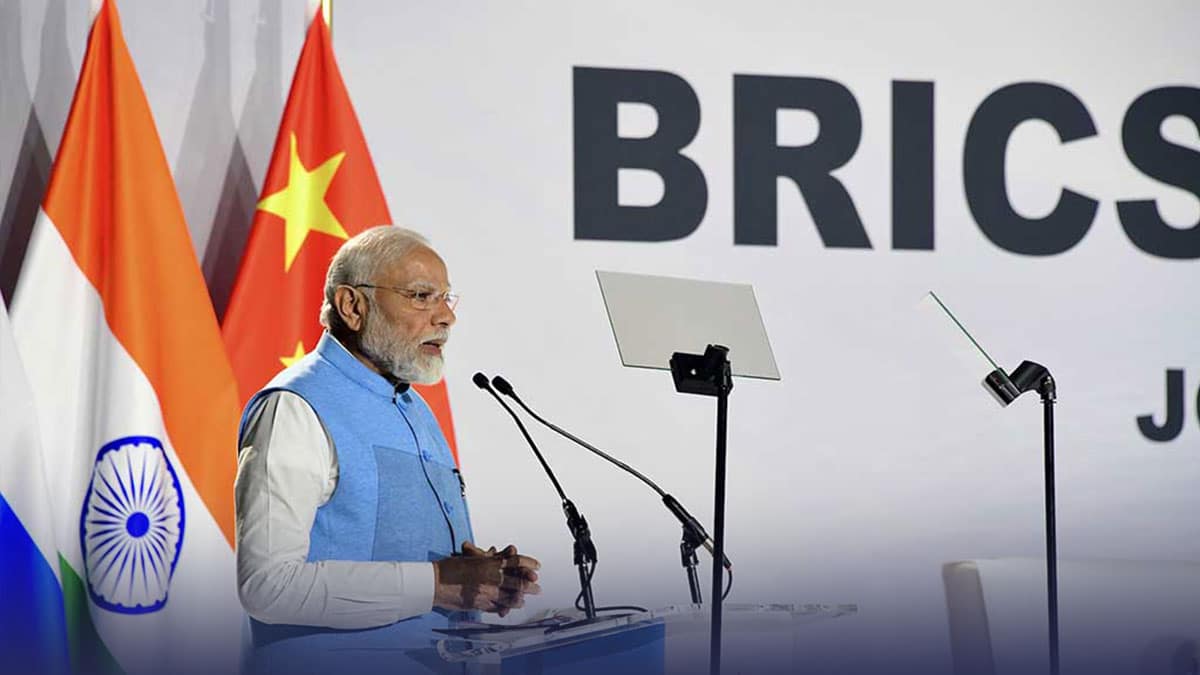
By Kestér Kenn Klomegâh
By rotational procedures and consensus adopted in Brazil in December, India has taken over the BRICS+ presidency for 2026, underscoring its highly-enriching membership and gracious opportunity to deepen the intergovernmental association as a leading geopolitical force in the Global South. Brazil took over the BRICS presidency from Russia on January 1, 2025. Following its expansion, BRICS+ currently comprises ten countries: Brazil, China, Egypt, Ethiopia, India, Indonesia, Iran, Russia, South Africa and the United Arab Emirates.
Historically, its conceptual origins were articulated by Russian foreign minister Yevgeny Primakov in 1998, and can be traced to series of informal forums and dialogue groups such as RIC (Russia, India, and China) and IBSA (India, Brazil, and South Africa). In addition to that significant aspect of its history, BRIC was originally a term coined by British economist Jim O’Neill, and later championed by his employer Goldman Sachs in 2001, to designate a group of emerging markets.
The bloc’s inaugural summit was held in 2009 (Yekaterinburg summit) and featured the founding countries of Brazil, Russia, India, and China. These four founding members adopted the acronym BRIC and formed an informal diplomatic club where their governments could meet annually at formal summits and coordinate multilateral policies. The following year, South Africa officially became a member after it was formally invited and supported by China, and unreservedly backed by India and Russia.
South Africa joined the organization in September 2010, which was then renamed BRICS, and attended the third summit in 2011 as a full member. The biggest expansion witnessed Iran, Egypt, Ethiopia, and the United Arab Emirates attending the first summit as member states in 2024 in Kazan, the autonomous Republic of Tatarstan, part of the Russian Federation. Later on, Indonesia officially joined in early 2025, becoming the first Southeast Asian member. The acronym BRICS+ or BRICS Plus has been informally used to reflect new membership since 2024.
On 24 October 2024, an additional 13 countries, namely Algeria, Belarus, Bolivia, Cuba, Indonesia, Kazakhstan, Malaysia, Nigeria, Thailand, Turkey, Uganda, Uzbekistan and Vietnam, were invited to participate as “partner countries”. The partner status would allow these countries to engage with and benefit from BRICS initiatives. It is still unclear whether the countries in this tier have received official membership invitations. But there is the high possibility to ascend the association as full-fledged members in future.
Persistent Multiple Differences
Now as India takes on the helm of BRICS+, experts and research analysts are showing deep interest and are discussing possibilities of multilateral cooperation, existing challenges and identifying diverse priorities, the strength and weaknesses of BRICS+. On a more negative note, multiple contradictions keep piling up among the group, including questions about the future of BRICS as anything other than an ineffective growing talk-shop market.
The biggest obstacle being political divergencies and economic development perceptions. Cultures are distinctive different among the members of this informal BRICS+ association, while all are consistently advocating for wholesale reforms, especially of the United Nations Security Council, and multinational financial institution such as the World Bank (WB) and International Monetary Fund (IMF). Some the members have been adamant to undertake internal reforms at their own state institutions.
As a founding member of BRICS, India plans to find a more suitable path for balancing its non-aligned policy, forge new directions for the development of the Global South under its BRICS+ presidency, while emphasizing trends on the global economic landscape. Arguably, India will definitely act with precision. India is most likely to be non-critical, and moreso with an insight understanding that, not antagonism, but rather ‘cooperation’ must be the underlying basic principle of a multipolar environment.
India’s Rotating BRICS Presidency
Leaders’ meetings (or leaders’ summits) are held once a year on a rotating basis. BRICS has neither a permanent seat nor secretariat. A number of ministerial meetings, for example, between foreign ministers, finance ministers, central bank governors, trade ministers and energy ministers in the country which is presiding BRICS+ association.
Speaking at the BRICS summit back in 2014, Prime Minister Narendra Modi has assertively said that “reform of institutions of global governance … has been on the BRICS agenda since its inception.”
Later, prior to the Kazan summit, Prime Minister Modi explicitly stated that BRICS was never meant to be against anyone or be anti-western, and that it is only non-western. At the Kazan summit, Prime Minister Modi further stated: “We must be careful to ensure that this organization does not acquire the image of one that is trying to replace global institutions”.
At the 17th BRICS Summit held in Rio de Janeiro on 7 July 2025, Prime Minister Modi stated that India would give a “new form” to the BRICS grouping during its presidency in 2026.
Prime Minister Modi proposed redefining BRICS as “Building Resilience and Innovation for Cooperation and Sustainability” and emphasized a people-centric approach, drawing parallels with India’s G-20 presidency where the Global South was prioritized.
Prime Minister Modi affirmed that India would advance BRICS with a focus on “humanity first” highlighting the need for joint global efforts to address common challenges such as pandemics and climate change.
Prime Minister Modi also called for urgent reform of global institutions to reflect the realities of the 21st century, emphasizing greater representation for the Global South and criticizing outdated structures like the UN Security Council and World Trade Organization.
Clarifying further and clearly BRICS+ position: In a briefing in October 2024, Russian Foreign Ministry stated, on its website, that “BRICS framework is non-confrontational and constructive” and that “it is a viable alternative to a world living by someone else’s, alien rules” and by this functional definition, it reinforces BRICS role in the world. BRICS members has the opportunity to mutually deal with any country in the world. It is not prohibited to forge amicable relations with United States and in Europe.
President Putin quoted Prime Minister Narendra Modi in saying that “BRICS is not anti-western but simply non-western” and even suggested that BRICS countries could be a part of the Ukraine peace process.
There are other classical analysis. For instance, Joseph Nye wrote in January 2025 that BRICS, “as a means of escaping diplomatic isolation, it is certainly useful to Russia” and that the same goes for Iran. Nevertheless, political expert Nye explained that the expansion of the BRICS could bring in more “intra-organizational rivalries” which is limiting the groups’ effectiveness. Yet, BRICS consolidation has turned the group into a potent negotiation force that now challenges Washington’s geopolitical and economic goals.
Despite frequent criticisms against Donald Trump, most of BRICS members are pursuing relations with United States, with Kremlin appointing Chief Executive Officer of Russian Direct Investment Fund (RDIF) Kirill Dmitriev as the Special Representative of the Russian President for Economic Cooperation with Foreign Countries. Since his appointment, returning U.S. business to Russia’s market forms the primary focus in the United States. Russian President Vladimir Putin has tasked him to promote business dialogue between the two countries, and further to negotiate for the return of U.S. business enterprises. Without much doubts, similar trends are not difficult to find as India, Ethiopia and South Africa fix eyes on identifying pragmatic prospects for economic cooperation, further to earn significant revenue from trade, and also including pathways to sustain the huge Diaspora’s financial remittances from the United States.
BRICS+ Financial Architecture
The group is dominated by China, which has the largest share of the group’s GDP, accounting to about 70% of the organization total. The financial architecture of BRICS is made of the New Development Bank (NDB) and the Contingent Reserve Arrangement (CRA). These components were signed into a treaty in 2014 and became active in 2015. The New Development Bank (NDB), formally referred to as the BRICS Development Bank, is a multilateral development bank operated by the five BRICS states.
The bank’s primary focus of lending is infrastructure projects with authorized lending of up to $34 billion annually. South Africa hosts the African headquarters of the bank. The bank has a starting capital of $50 billion, with wealth increased to $100 billion over time. Records show Brazil, Russia, India, China, and South Africa initially contributed $10 billion each to bring the total to $50 billion. As of 2020, it had 53 projects underway worth around $15 billion. By 2024 the bank had approved more than $32 billion for 96 projects. In 2021, Bangladesh, Egypt, the United Arab Emirates and Uruguay joined the NDB.
Future of BRICS+ in Geopolitical World
Last year, several countries began working within the BRICS framework, and many states are planning to join this association. In practical terms, BRICS needs to increase its practical impact of its partnership on the level of qualitative development, not just organizational symbolism and public rhetoric as it has been during the past few years. Time has come to avoid excessive bureaucracy and avoid any undesirable rigid attachment to an organizational structure. BRICS has to enhance its economic potential, develop appropriate mechanisms for financial, trade, and economic cooperation.
With India’s presidency in 2026, which is estimated to be a comprehensive and promising eventful year for BRICS, as India has already outlined its framework of priorities, as it did during its G20 presidency several years ago. In close-coordination with members and partner-states within the BRICS association, India has to ensure the balance of multifaceted interests, and ensure or establish mutual-trust in the multipolar world system. The goal of transforming into a full-fledged international organization must go beyond addressing current geopolitical challenges, the necessity to develop effective ways of engaging in global development to reflect multipolarity.
Since its inception, BRICS has undergone a transformation and has gone through several stages of qualitative change. The organizers are still touting the expansion as part of a plan to build a competing multipolar world order that uses Global South countries to challenge and compete against the western-dominated world order. There is obvious interest in this consensus-based platform, hundreds of economic and political areas for cooperation, and for collaborating including politics, economic development, education, and scientific research. The New Development Bank finances various projects in member countries: Brazil, Russia, India, China and South Africa.
On January 1, 2024, five new members officially entered BRICS, namely Egypt, Iran, the United Arab Emirates, Saudi Arabia, and Ethiopia. At a BRICS Summit in Kazan, Russia in October 2024, it was decided to establish a category of BRICS partner countries. The first countries to become partners were Belarus, Bolivia, Kazakhstan, Cuba, Malaysia, Thailand, Uganda and Uzbekistan. The expanded BRICS+ generates 36% of global GDP. That however, according to Economist Intelligence Unit, the collective size of the economies of BRICS+ will overtake G7 by 2045. Today, collectively, BRICS comprises more than a quarter of the global economy and nearly half the world’s population.
-
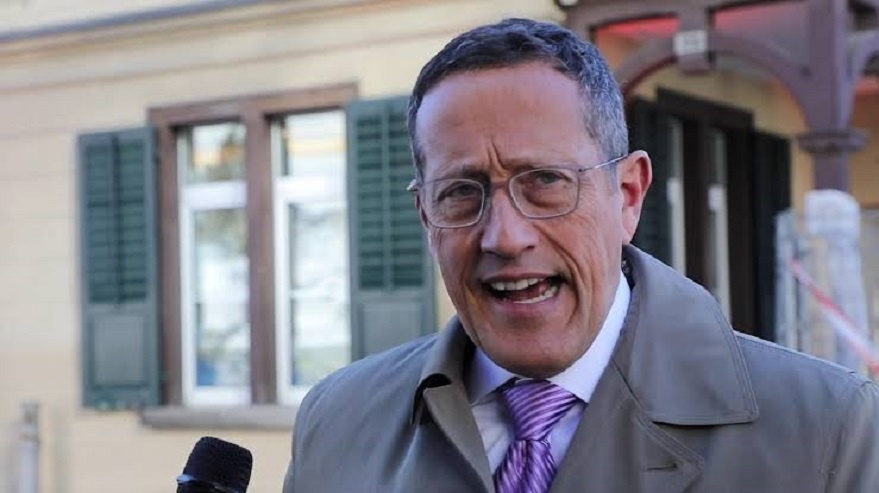
 Feature/OPED6 years ago
Feature/OPED6 years agoDavos was Different this year
-
Travel/Tourism9 years ago
Lagos Seals Western Lodge Hotel In Ikorodu
-

 Showbiz3 years ago
Showbiz3 years agoEstranged Lover Releases Videos of Empress Njamah Bathing
-
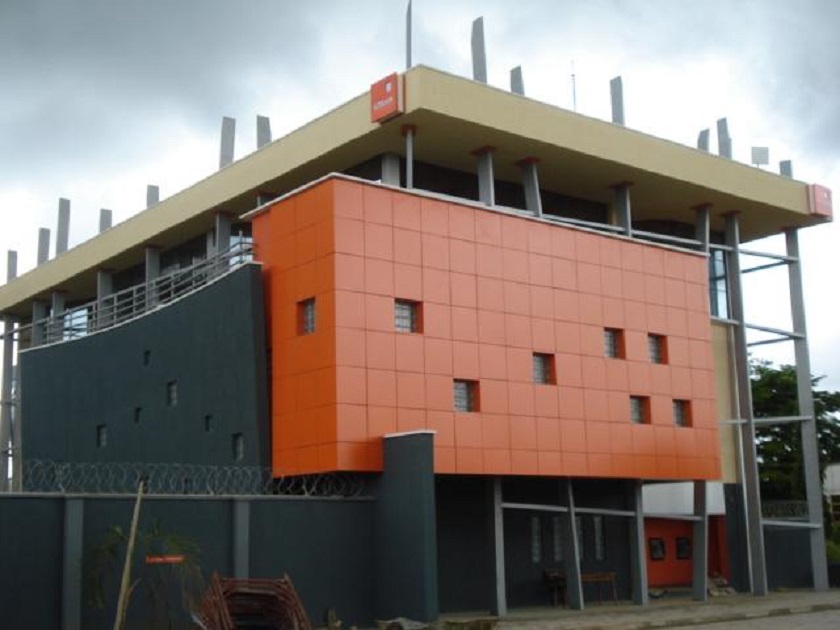
 Banking8 years ago
Banking8 years agoSort Codes of GTBank Branches in Nigeria
-
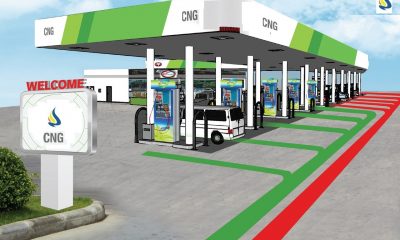
 Economy3 years ago
Economy3 years agoSubsidy Removal: CNG at N130 Per Litre Cheaper Than Petrol—IPMAN
-
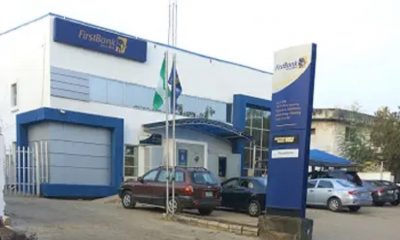
 Banking3 years ago
Banking3 years agoFirst Bank Announces Planned Downtime
-
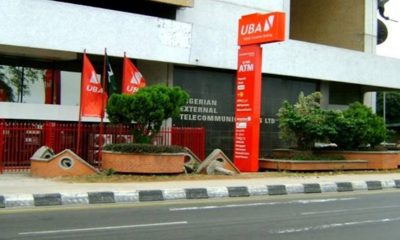
 Banking3 years ago
Banking3 years agoSort Codes of UBA Branches in Nigeria
-

 Sports3 years ago
Sports3 years agoHighest Paid Nigerian Footballer – How Much Do Nigerian Footballers Earn



